
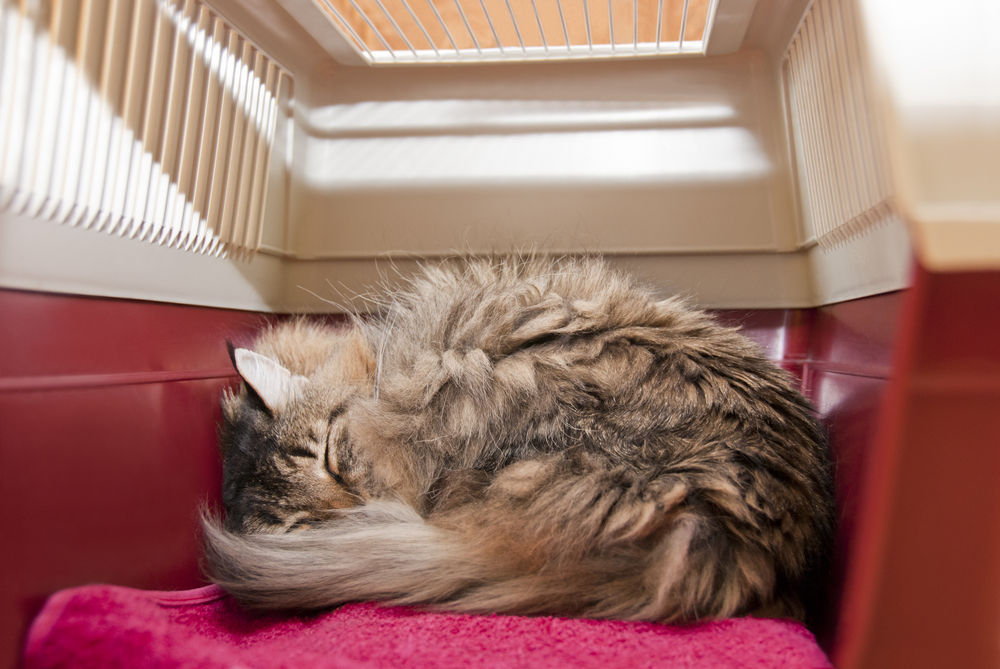
Cat acne is found almost exclusively on the chin and lower lip of your cat, where the hair follicles become plugged with a greasy material called sebum. Some cats may only have a single episode of acne while others have a life-long, recurring problem. The frequency and seriousness of each acne flare-up, however, can vary with each animal. A secondary bacterial infection is usually present with acne in cats as well. Unfortunately, the cause of acne in cats is unknown and age, gender and breed are not determining factors for the condition.
Symptoms of the condition can include blackheads or whiteheads, mild red pimples, watery crusts that can develop on the chin and (less commonly) lips, and swelling of the chin. In more severe cases of the condition, your cat may develop nodules, bleeding crusts, pustules, hair loss, a severe redness of the skin and be in pain (which can indicate boils).
Acne in cats can be caused by poor grooming habits or abnormalities in your cat's skin surface, oil production or immune-barrier fucnction. It can also be caused by excessive grooming where the chin is repeatedly rubbed on the fur.
Diagnosis of the condition will begin with a complete history and a physical exam. Your veterinarian will be able to diagnose cat acne by a visual examination of your cat’s chin and will want to rule out any other conditions including mange, fungal Infection, feline leprosy, allergies or any tumors of the skin (sebaceous) or secretion (apocrine) glands, and other follicular (hair cells) and epidermal neoplasia (tumor of the outer layer of the skin).
Your veterinarian may also rely on certain procedures including skin scraping (to looks for mites or fungal infected hairs), taking a fungal culture, a microscopic examination of the cells and a biopsy, which is rarely needed but is sometimes necessary.
To begin, treatment of the condition will begin with a good cleaning of the infected area with an antiseptic cleanser and will involve the use of antibiotics and topical shampoos. This should help to clear the acne. If the outbreaks reduce as a result of the treatment, discontinue it by tapering the medication over a two-to three-week period. If the acne is continual throughout the treatment or reoccurs frequently, an appropriate maintenance schedule will be designed by your veterinarian; life-long treatment twice a week, however, may be necessary. If there is a bacterial infection on the skin, a round of oral antibiotics will be in order.
After the medication is discontinued, monitor your cat for relapses. Maintenance cleansing programs can also be used between relapses to extend the time between episodes.
Image: Konrad Mostert via Shutterstock
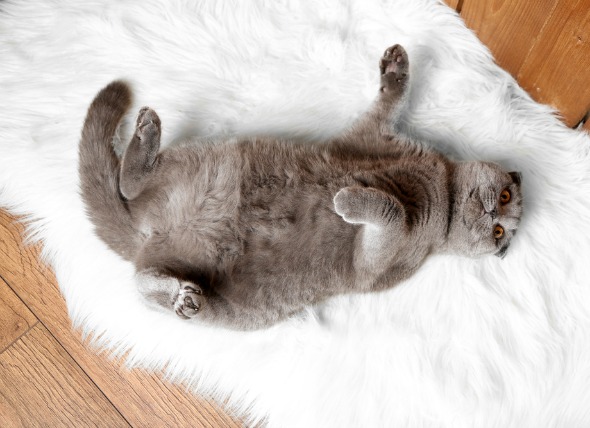 Irritable Bowel Syndrome in Cats
Chronic Irritation in the Lining of the Bowels in Cats
&
Irritable Bowel Syndrome in Cats
Chronic Irritation in the Lining of the Bowels in Cats
&
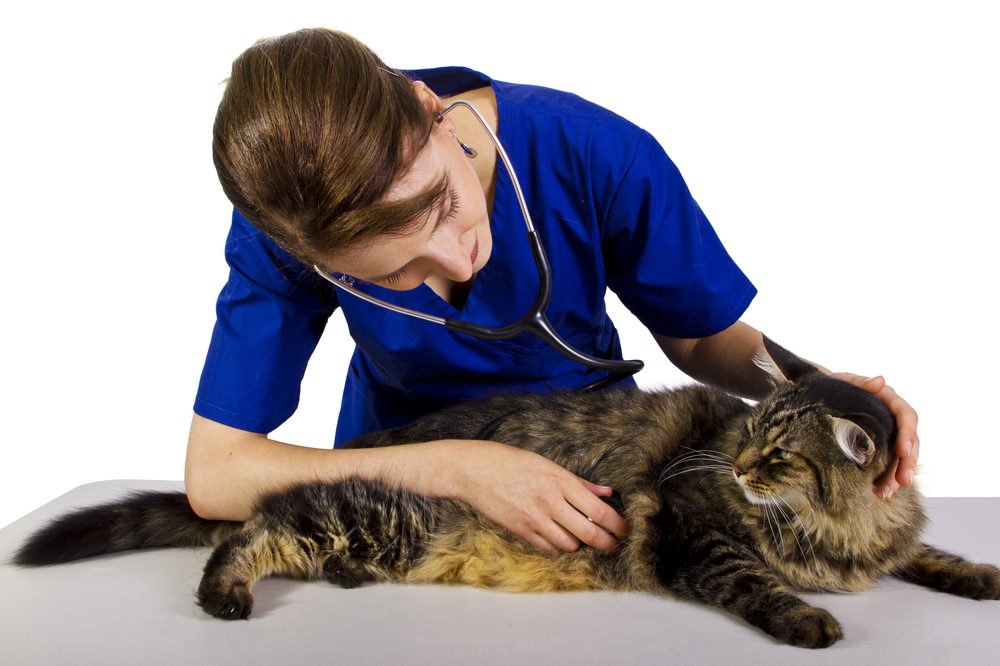 Enlarged Liver in Cats
Hepatomegaly in Cats
Due to certain diseases and
Enlarged Liver in Cats
Hepatomegaly in Cats
Due to certain diseases and
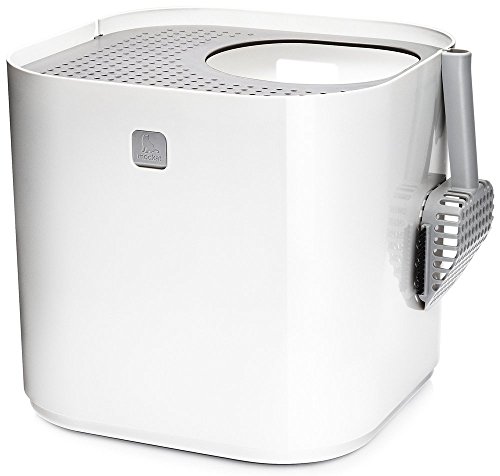 Cat Litter Trays: Selecting The Right One For You
Having a cat is like having
Cat Litter Trays: Selecting The Right One For You
Having a cat is like having
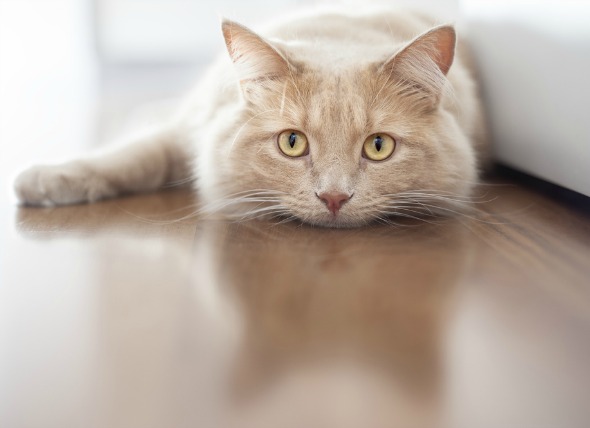 Inflammation of the Pancreas in Cats
Pancreatitis in Cats
The pancreas is part of the
Inflammation of the Pancreas in Cats
Pancreatitis in Cats
The pancreas is part of the
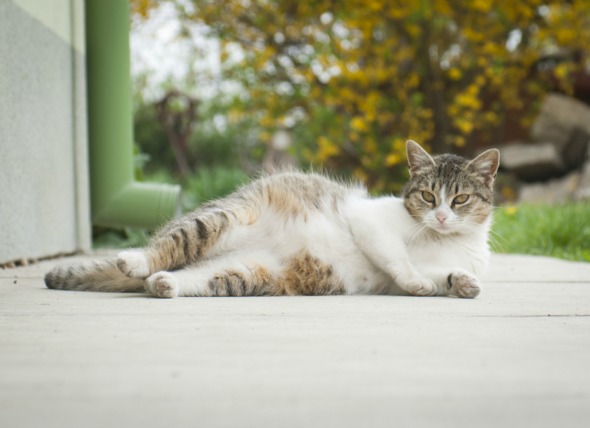 Miscarriage in Cats
Spontaneous Abortion, Pregnancy Loss in Cats
It i
Miscarriage in Cats
Spontaneous Abortion, Pregnancy Loss in Cats
It i
Copyright © 2005-2016 Pet Information All Rights Reserved
Contact us: www162date@outlook.com